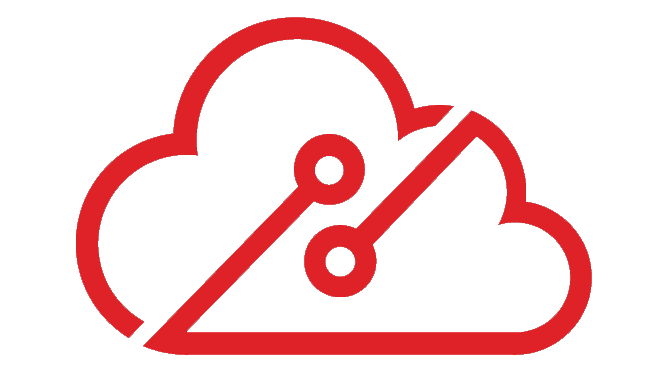The Internet of Things (IoT), consists of devices that are computerised, networked and interconnected either via the internet or with each other. The concept of IoT devices are for the general purpose of data collection and data exchange into some other ecosystem.
The IoT is a network of connected ‘things’ and brings together people, process and data. Integrating these three together attempts to acheive a smarter, more responsive level of output and intelligence.
Taking it one step further, the complete automation and intelliganceof IoT devices will remove the need for human interactions at all! Think driverless truck systems or drones that map and survey without need for human interaction.
What is a good example of an IoT device?
IoT devices includes everything from smart phones, to wearable devices, lights, fridges, manufacturing machinery and computers running hardware or software on them. Really almost anything else you can think of can be considered an IoT where it has the ability to connect.
The reality of adding sensors and smarts to basic objects has been around for a while. Alan Turing once quoted “It is possible to invent a single machine which can be used to compute any computable sequence.” Fast forward fifty years and we now use our smart phones to trigger ‘inanimate objects’ to perform tasks with a series of other devices. IoT doesn’t necessarily need to tell us something, but more and more, its just to do something.
Faster, Cheaper, Better?
Adding sensors or RFID tags to machinery and fleet as part of asset tracking was one of the earliest adoptions of IoT applications. As computer chipsets become smaller, faster and cheaper and network capabilities to move data in larger packets and with more reliability become the norm, the implementation of IoT outside of big business with many machines, assets and applications has now moved to the suburbs and our homes.
As the cost of adding sensors and connecting objects continues to drop, it is now more feasible in connecting nearly everything to the internet via public or private networks.Considering most businesses and homes have more devices than people the size of the IoT world is big. Very big.
What are the benefits of the Internet of Things for me?
As businesses continue to cloud and connect all their IoT devices, the costs for implementation, efficiencies and the ability to be agile and change are more important than ever. From a human perspective, IoT takes away the need to do repetitive tasks that a machine can now complete. It allows people to upskill and do more generally rewarding tasks which in turn can also improve worker satisfaction.
So whilst IoT devices now are automated for many tasks that a human would do, it is still important for a business to be able to understand the Return On Investment (ROI) and where further efficiencies can be made. With the collection and capture of all this data, there are now teams of data scientists and analysts understanding, categorising and making sense of the data to constantly improve and tweak the devices out in the physical world.
So where do I go from here?
With so many ideas and opportunities out there, Cumulus IoT fills the gap of the one size fits all approach, which doesn’t always fit a clients need.
The ability to deliver and implement a project in an agile and efficient manner – is where Cumulus IoT really shines.


Fleet Tracking

Proximity Monitoring

